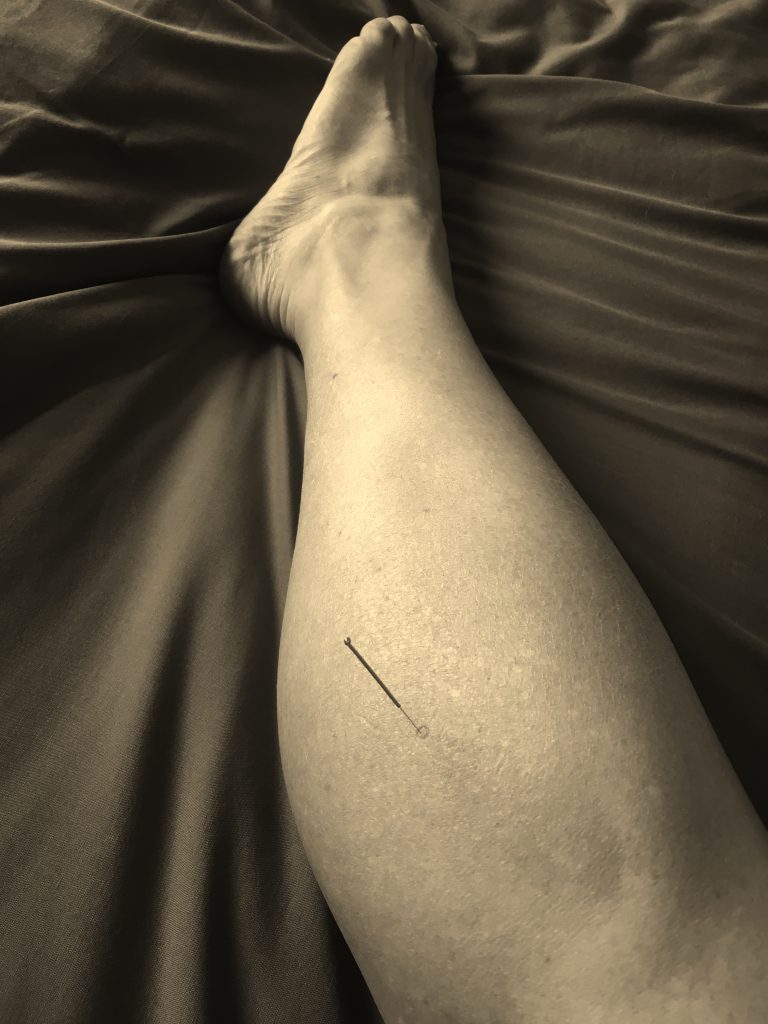For more detail on Dry needling and its effects, see my blog page on dry needling. But briefly, if you are suffering from pain and injury, this modality on its own or combined with other treatment methods may significantly help.
The areas of muscle pain are known as myofascial trigger points. Muscles can have one or several points. They are seen as hyper irritable spots in skeletal muscle that are associated with hypersensitive palpable nodules in taut bands…. That knot you feel in your upper shoulders most of you will be familiar with?!
Often these trigger points will REFER PAIN , so we may put needles in quite far away from where you will be perceiveing your pain. BACK & SCIATIC pain would be a good example of this…… Often needling would be used around the back for pain that is felt down into the leg. Needling can be used all over the body – the therapist can select to use deep dry needling for a more mechanical response on specific points, or a superficial approach to focus on more pain related areas and referral. Both can facilitate healing in many ways, including:
superficial DN:
– reduced local & referred pain ( activates mechanorecptors coupled to C fibers)
– increased ROM ( stretching in fibroblasts within connective tissue/ fascia)
– if stimulating skin according to hiltons law you the same nerve will innervate the muscle directly below, so potentially have an overall greater effect
deep DN:
– local twitch response ( targeted at specific muscle ) – causing muscle release and relaxation
– reduction of noxious inflammatory immune related chemicals
– resetting and reduction of pain within a muscle
– overall increased ROM, decreased pain and increased function
